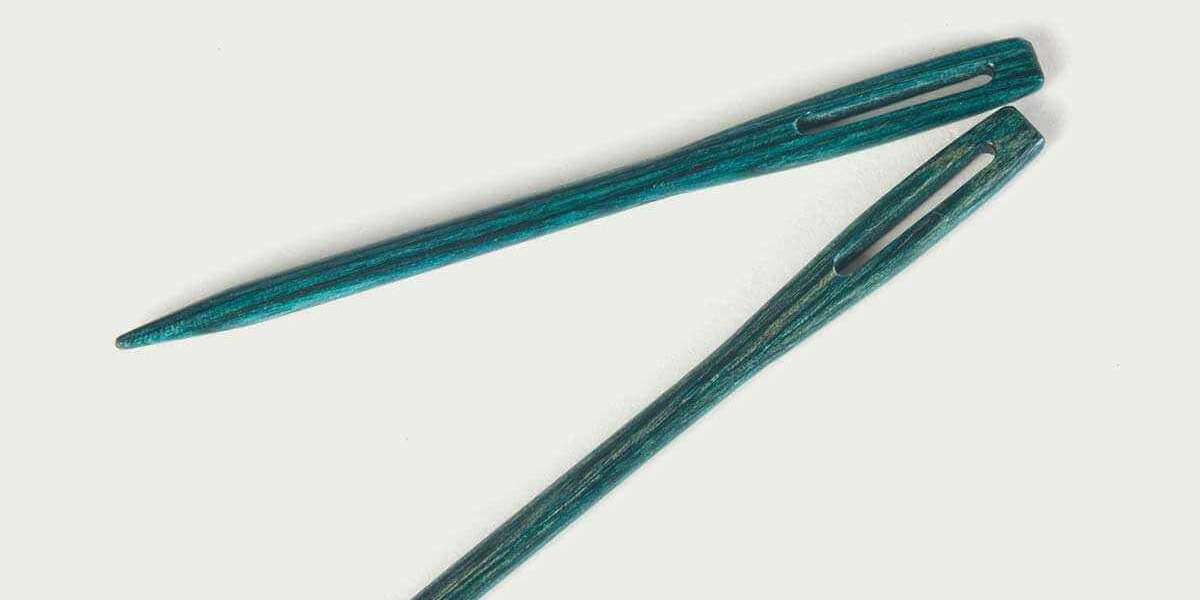Weaving in yarn ends is a very important step in knitting. Any project, be it socks or a blanket, it is not finished after it’s off the knitting needles, but when all the yarn ends are woven in. Many knitters do not hide the fact that they do not like weaving in yarn ends, but even the smallest project will have atleast two ends to weave in, while the larger projects, especially one with multiple colors, will have many.
Weaving in yarn ends keeps your stitches from unraveling and makes your knitting look as seamless and smooth as possible. There are many different ways to weave in ends and we all have our favorites. In this blog, let’s look at some ways to weave yarn ends with a darning needle. Remember that many patterns indicate the way to weave in yarn ends according to the stitch. The fabric created by the Stockinette stitch will be different that garter while cable knitting will have a different method than colorwork. Ribbed stitch patterns have a different method to hide yarn ends in plain sight. Like every step of knitting, you need to plan how to weave in yarn ends.
How to use the darning needle?
Like its name the darning needle is the most appropriate tool to finish a project seamlessly. Like knitting needles come in different sizes so does finishing needles. Choose one that has an eye large enough to thread the yarn, but also small enough to go through your stitches easily. It is recommended that you choose a size smaller than the knitting needle used for your project.
Bury in the ends in the seam
If the ends are near the end of a row, that is if you are knitting in the flat style on circular needles, you can run them along the edge of the knit garment or bury them within a seam. For seamless circular projects on double pointed needles you need to weave in yarn ends on the wrong side of the project.
Use a duplicate stitch
If you have a long yarn end or you can plan beforehand, make duplicate stiches. This will not give your project a unique look but also ensure a tight fabric with secure yarn end.
Another way to weave in yarn ends is a crochet hook or a repair hook. Choose a hook that is the same size or smaller than the size of the knitting needle you’ve used for the project. On the wrong side of the project, insert the hook through the stitches, close to the ends that you would like to weave in. Keep the yarn end at least 1” long so that it’s easy to pick up with a hook. Grab the yarn and weave it back through adjacent stitches.
As most knitters carry a darning needle in their collection not only for seaming, it is best you weave in yarn ends with them. With any of these tools you can weave in the yarn ends. It is important to plan the weave-in process while knitting or when starting the project. The weave in method also depends on the yarn used. Wool, lace threads and hybrid acrylics will require a different approaches.
 " class="wow_main_float_head_img">
" class="wow_main_float_head_img">







